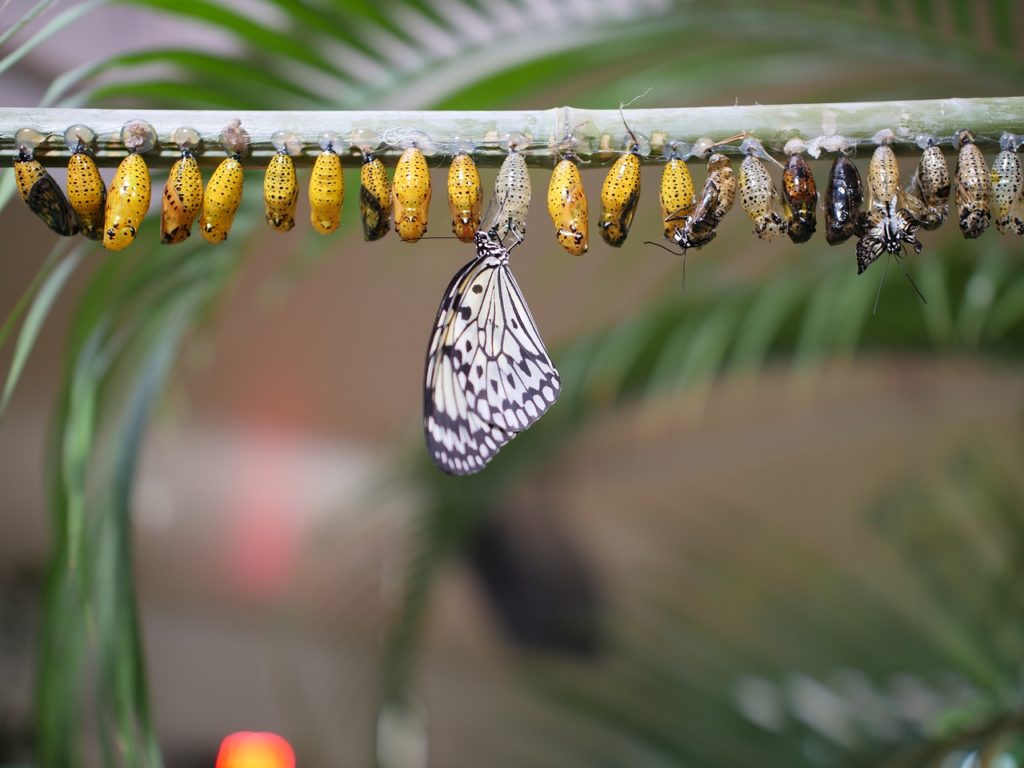
Most of us are familiar with the story of the six foot tall man who drowned in the river that was five feet deep “on average.”
Of course, we understand the lesson. Just because the average is five feet, that does not mean there can’t be an important detail hidden by that summary statistic. In the case of this cautionary tale, the river has a spot that is too deep for the man.
But what about the opposite? Is it ever the case that knowing just the average is better than knowing all of the detail?
Sure, if it is very costly to know all of the details or very costly to implement your plan around them, you’d rather have just the average.
In business, not only can it be costly to get all of the details, but frequently they are unknowable by nature.
Many businesses fall into the trap of trying to forecast every single outcome, but forget that, as the founder of general semantics once said: “the map is not the territory.” Then they are surprised when the forecasts are not good.
Is there a better way? Of course. As long as the process is relatively normal and is going to be repeated many times, we can guarantee we get every single individual prediction wrong but that our average estimate is quite good.
Imagine we run a business selling butterflies. The insect kind. Most of us know there are four stages to their lives — first they are an egg, then a caterpillar, then a pupa, then we have our butterfly.
Let’s pretend we live in a world where each of these stages takes on average 10 days, but that any individual can take a longer or shorter time to go from one stage to the next.
If we want to forecast our butterfly population and the different stages, should we ask our butterfly keepers to give us an estimate for each individual? They can probably do better than average.
No! We probably should not! Why? There are many reasons. It will take a long time. We may even need to hire more butterfly keepers just to make estimates. Our keepers may be able to keep up with fewer other duties like making sure the butterflies have what they need. There may be a systematic pressure in the organization for the keepers to estimate either too short or too long a time depending on whether they think they are expected to be optimistic or conservative.
And we have an excellent alternative! We can simply assume that each individual future-butterfly is five days away from being at the next stage. And tomorrow we will not assume that individual is four days away, she stays five days away! That’s the magic.
But what if that one moves from caterpillar to pupa, shouldn’t we change the estimate to 10 days till butterfly since that’s the average? No! It is totally unnecessary as long as we don’t care about this individual butterfly specifically. Why? Because we have an equal number of pupae on day nine that we are still assuming are five days away from being butterflies.
We will always be wrong by five days when any individual moves from one stage to the next — we always forecast that it is five days away, even when it is imminent. Say it loud. We will always be wrong! We will never guess correctly! But our estimates will kick ass. And our keepers will only have to know how many are at each stage at any point in time for us to have an awesome estimate.
So before you think about the level of detail you want to gather to create an estimate, ask yourself: is this a river or a butterfly farm? Are the details more important than the average or less important? Let that guide your thinking.
